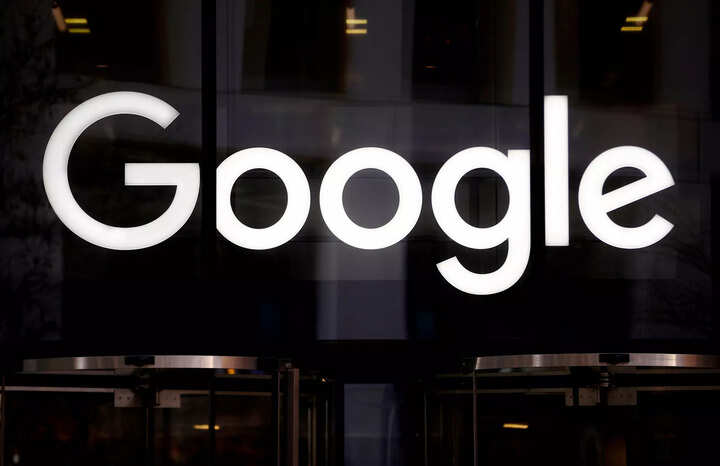Google denies claims of violating ad guidelines, here’s what the company has to say
A recent report from The Wall Street Journal revealed that Google violated its own terms of service. According to the report, an online ad analytics firm conducted a study which found that 80% of Google’s video ads did not meet its own standards. The study revealed that Google had placed video ads on websites that did not meet their own standards for monetisation, among other violations. Google has termed these claims as inaccurate and in a blog post “set the record straight”.
In the blog post, Google said that the report wrongly implies that most campaign spend runs on Google Video Partner (GVP) rather than YouTube. That’s just not right, said Marvin Renaud, director, global video solutions, Google. “The overwhelming majority of video ad campaigns serve on YouTube. Video advertisers can also run ads on GVP, a separate network of third-party sites, to reach additional audiences, if it helps them meet their business objectives,” Renaud explained.
‘Claims in the report are incorrect’
The report claimed that Google’s ad inventory wasn’t visible. Renaud refuted those claims and said, The claims in the third-party report simply aren’t right. “Put simply, over 90% of ads on GVP are visible to people across the web — and advertisers are only paying for ads when they are viewed,” he explained. He further said that Google uses real-time ad quality signals to determine if people are present and paying attention which helps the company decide whether to serve a video ad in a Google Video Partner site or app. “Those signals include viewability, the size and position of the player and whether people are engaging with the ads,” he said.
Renaud also said that Google has strict policies that all GVPs have to follow. “Our policies prohibit engaging in disruptive, invasive or deceptive ad-serving practices along with other specific practices which some would consider indicate that they are made for advertising,” he added.
FacebookTwitterLinkedin
end of article

A recent report from The Wall Street Journal revealed that Google violated its own terms of service. According to the report, an online ad analytics firm conducted a study which found that 80% of Google’s video ads did not meet its own standards. The study revealed that Google had placed video ads on websites that did not meet their own standards for monetisation, among other violations. Google has termed these claims as inaccurate and in a blog post “set the record straight”.
In the blog post, Google said that the report wrongly implies that most campaign spend runs on Google Video Partner (GVP) rather than YouTube. That’s just not right, said Marvin Renaud, director, global video solutions, Google. “The overwhelming majority of video ad campaigns serve on YouTube. Video advertisers can also run ads on GVP, a separate network of third-party sites, to reach additional audiences, if it helps them meet their business objectives,” Renaud explained.
‘Claims in the report are incorrect’
The report claimed that Google’s ad inventory wasn’t visible. Renaud refuted those claims and said, The claims in the third-party report simply aren’t right. “Put simply, over 90% of ads on GVP are visible to people across the web — and advertisers are only paying for ads when they are viewed,” he explained. He further said that Google uses real-time ad quality signals to determine if people are present and paying attention which helps the company decide whether to serve a video ad in a Google Video Partner site or app. “Those signals include viewability, the size and position of the player and whether people are engaging with the ads,” he said.
Renaud also said that Google has strict policies that all GVPs have to follow. “Our policies prohibit engaging in disruptive, invasive or deceptive ad-serving practices along with other specific practices which some would consider indicate that they are made for advertising,” he added.
FacebookTwitterLinkedin
end of article
